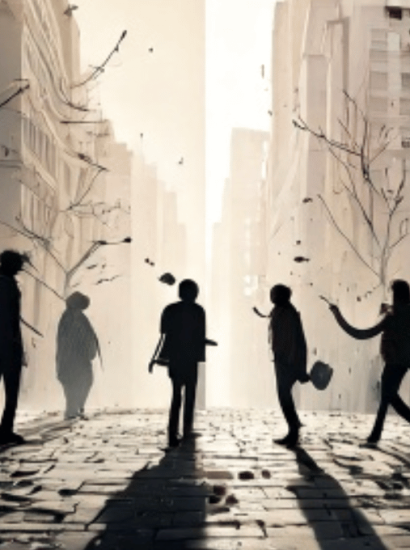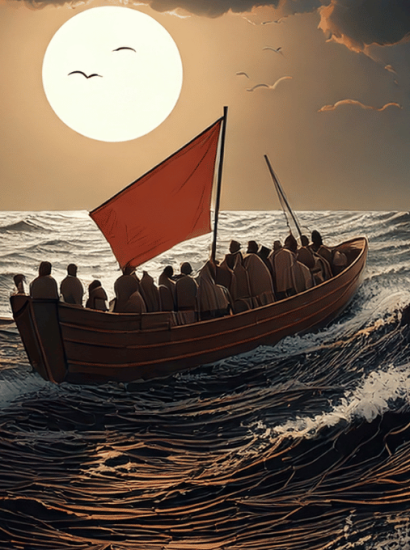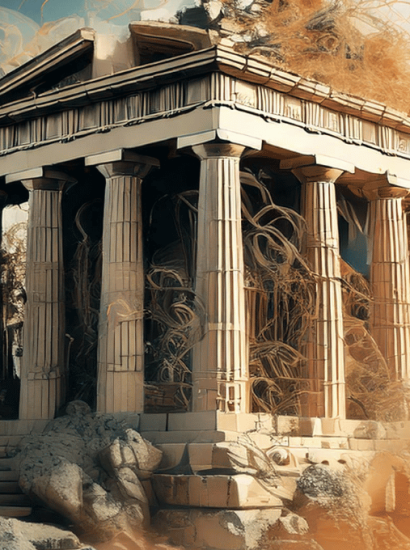This post is also available in: ΕΛΛΗΝΙΚΑ (GREEK) TÜRKÇE (TURKISH)
The attacks by Greek Cypriots on exclusively Turkish Cypriot villages and communities, following the outbreak of the Turkish invasion in July 1974, remained taboo for much of society, while investigations were conducted within a framework of concealment. Aloa, Maratha and Sandalaris experienced hatred in the worst possible way, as 126 elderly people, women and children from these villages, including a two-week-old infant, were executed by Greek Cypriots, most of whom were coup supporters.
Rapes, executions and moral degradation were systematically obscured by those tasked with “investigating” crimes against Turkish Cypriots. Years later, testimonies and journalistic investigations were treated in ways that conveniently supported the prevailing view of “one-sided” crimes against Greek Cypriots.
Many of the murdered residents of Aloa, Sandalaris and Maratha were found beheaded, while young children died in their mothers’ arms, riddled with bullets from their Greek Cypriot killers; and that’s where the truth ends.
In subsequent years, despite testimonies given shortly after the mass executions, information, witness accounts, and journalistic investigations faced rejection from the State and the Cypriot justice system in their attempts to reveal one of the greatest crimes ever committed on the island.
The provocative refusal to investigate the truth and the cover-up of the massacre had and continue to have political characteristics, as neither the bodies nor the shocking testimonies were enough to advance the investigation thoroughly. According to the testimony of Turkish Cypriot Asir Ahmet from Maratha, when Turkish troops captured the area days later, the Swedish contingent of the United Nations witnessed the revelation of the atrocious crime at the village rubbish dump: “When the exhumation began, we saw dozens of decapitated and mutilated bodies, mainly of children, which had been covered only with rubbish. Some victims were tied together with wire. In one case, we counted ten people tied with wire. Some victims were partially burned. Almost all boys of every age were headless. Among the children found murdered at the rubbish dump were my six siblings, my mother, grandmother and aunt, along with her seven children”.
In 2021, I visited Kato Arodes, on the Laona plateau in Paphos district, an exclusively Turkish Cypriot village before 1974. I walked to the village cemetery that operated until just before the invasion. The sight of vandalised and dismembered graves with excrement on them gave the impression of a paranoid campaign of hatred against something that no longer exists, something that needed to die again and again. This abhorrent and otherworldly spectacle was—and still is—the answer to the myth that always places responsibility on the Other.
This article was originally published on 15.05.2025
Source: FROM MARATHA AND ALOA TO KATO ARODES






